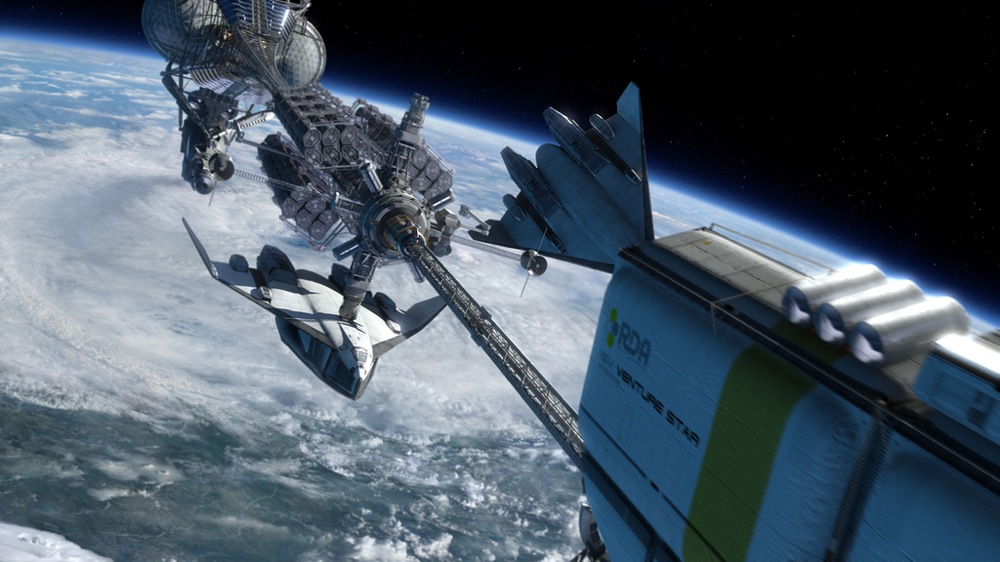Report: Acts of space warfare likely by 2025

It's no secret that the extension of military weapons beyond the atmosphere is a priority for space-faring nations that need to protect their increasing military and commercial assets in orbit. For instance, in 2001, a commission headed by then US Defense Secretary-designate Donald Rumsfeld warned about a possible “space Pearl Harbor” which led to the development of the Space Based Space Surveillance (SBSS) project.
But the concern over space supremacy runs deeper than threats of Russian anti-satellite weapons. A forecast published by the Military Space Transparency Project (MSTP) warns of a second arms race that can erupt if the international community doesn't take steps toward a space treaty program.
"Given how easily information can spread about the globe today, it is inevitable that space warfare technologies will proliferate. Once one country sets its sights on space domination, other countries are sure to follow," writes Matthew Hoey.
Hoey is MSTP's founder and a former senior research associate at the Institute for Defense and Disarmament Studies (IDDS), a United Nations non-governmental research organization located in Cambridge, Massachusetts, where he forecasted missile defense and military space technologies.
The report; Global Space Warfare Technologies - Influences, Trends & The Road Ahead, highlights the potential bridges and sequels between various existing and emerging technologies in the years leading up to 2025 that might culminate in acts of space warfare.
"The international community is in a race against time as technologies are evolving faster than ever before and will continue to accelerate exponentially in an almost biological fashion. If this process continues unabated, it will almost certainty result in the deterioration of peaceful collaborations, an increase in the creation of orbital debris, and the risk of an accidental or spasm nuclear event," according to Hoey.
Armed with a strong technical aptitude, Hoey's analysis of dual-use and emerging technologies that'll lead to the weaponization of space--including artificial intelligence, robotics, directed energy and nanotechnology--is worth the read. To wit:
As the arrival of Strong AI draws ever closer, along with it comes the realization that computing on such a scale and breadth is beyond our human ability to maintain and monitor, even with the assistance of the machines themselves. We will begin to turn over keys to the IT department to the computer within it, as the pending arrival of Strong AI will drive its own evolutionary cycle, with human oversight existing from afar, at specific points in the data stream. This is the liftoff for military space systems, and our final approach towards a victory over the Turing Test.
Related reading:
Gizmodo: Boeing to Design New DARPA's Networked Swarm Spacecrafts
Defense Industry Daily: Preventing a Space Pearl Harbor: SBSS Program to Monitor the Heavens
Popular Science: New Infographic Visualizes the Space Debris Cloud Surrounding Earth
